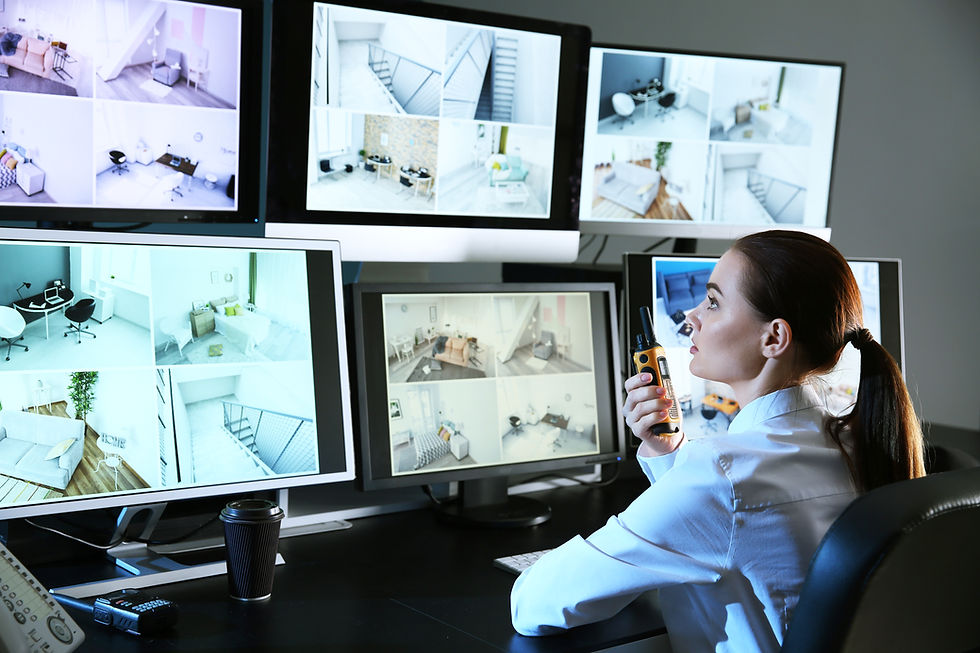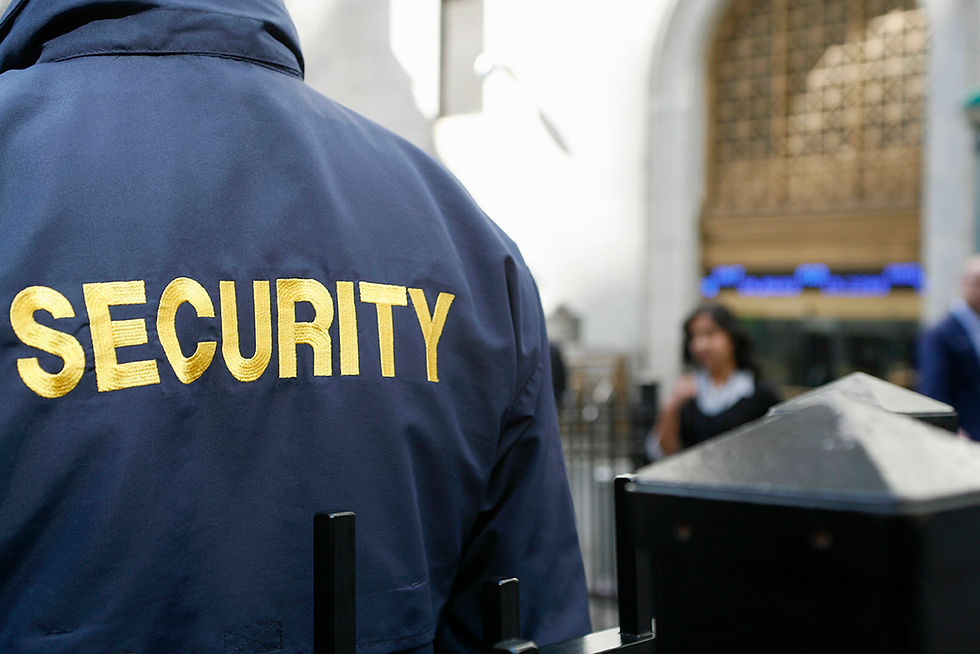Strategies for Preventing Shoplifting in Retail Stores: A Comprehensive Guide
- Sayuri Konomi
- Mar 25, 2024
- 2 min read
Updated: Apr 4, 2024

Preventing shoplifting in retail stores is a crucial aspect of maintaining profitability and ensuring a safe shopping environment for customers and staff. Here's a comprehensive guide outlining various strategies to deter and prevent shoplifting:
Placement and Coverage:
Strategically position security cameras throughout the store to ensure comprehensive coverage of all areas, including entrances, exits, aisles, high-theft sections, and blind spots.
Use high-resolution cameras with features such as wide dynamic range (WDR) and infrared (IR) capabilities to capture clear images and video footage, even in low-light conditions.
Visible Deterrent and Signage:
Make security cameras highly visible by displaying signs indicating that the premises are under video surveillance.
The presence of visible cameras acts as a deterrent to potential shoplifters and enhances the overall sense of security for customers and staff.
Employee Training and Awareness:
Train employees to recognize signs of shoplifting, such as suspicious behavior or frequent returns without receipts, and to monitor camera feeds for potential security threats.
Educate staff on the store's policies and procedures for handling suspected shoplifters, emphasizing the importance of remaining calm and following established protocols.
Live and Remote Monitoring:
Assign dedicated staff or security personnel to monitor live camera feeds in a central control room or from remote locations using mobile devices or computers.
Monitor suspicious behavior in real-time and intervene promptly to prevent theft or other criminal activities.
Motion Detection and Alerts:
Configure cameras to utilize motion detection technology to automatically trigger alerts or notifications when movement is detected in specific areas.
Receive real-time alerts on mobile devices or through email notifications, enabling immediate response to potential security breaches.
Access Control and Security Measures:
Limit access to fitting rooms and other areas where shoplifting commonly occurs, and assign staff to monitor these areas closely.
Use mirrors to eliminate blind spots and enhance visibility, allowing staff to monitor activity in different sections of the store effectively.
Customer Service Focus:
Provide excellent customer service to make potential shoplifters feel more conspicuous.
Greet customers as they enter the store and offer assistance, making it clear that staff are attentive and aware of their presence.
Video Analytics and Integration:
Implement video analytics software to analyze camera feeds and detect suspicious behavior patterns, such as loitering or erratic movements.
Integrate security cameras with alarm systems and access control systems to automatically trigger alarms or alerts based on camera feed analysis or specific events.
Collaboration with Law Enforcement:
Establish partnerships with local law enforcement agencies to share information about known shoplifters or criminal activities in the area.
Report incidents of shoplifting promptly and provide evidence, such as surveillance footage, to aid in investigations and prosecutions.
Continuous Evaluation and Improvement:
Regularly review and update security measures based on evolving trends in shoplifting and feedback from employees.
Conduct routine maintenance checks on security cameras and other surveillance equipment to ensure optimal performance and reliability.
By integrating security camera monitoring with other preventive strategies, retail stores can proactively deter shoplifting, enhance overall security measures, and create a safer shopping environment for customers and staff.




Comments